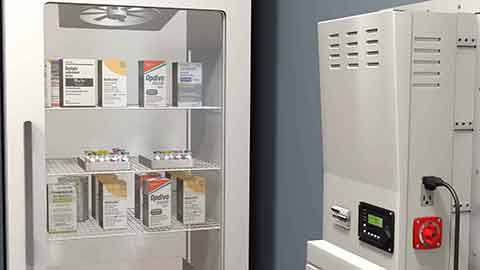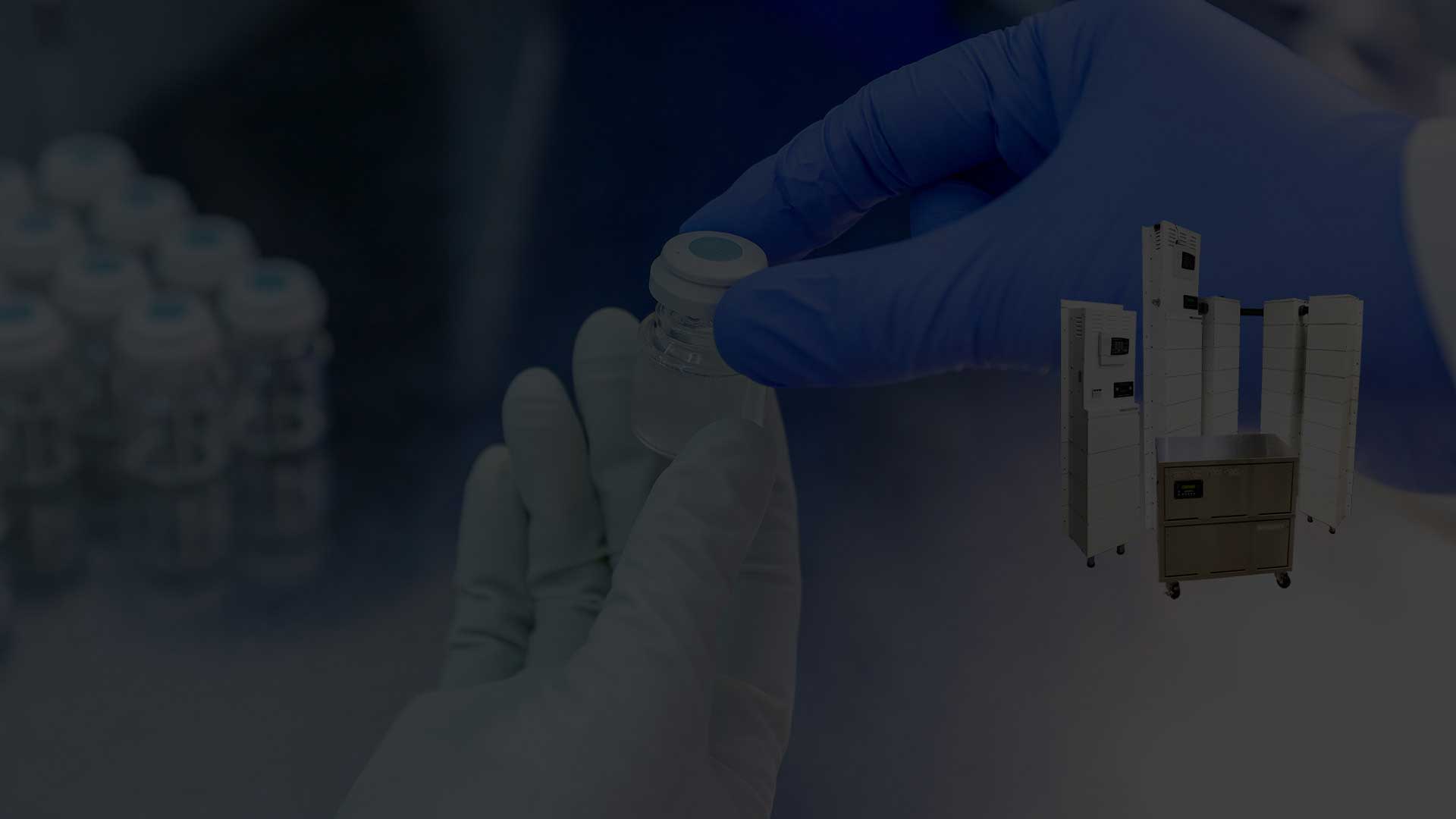Vaccine Storage |
July 24, 2024
| Medi-Products
Climate Change Threatens Vaccine Storage
Although the past century has produced remarkable advancements in practically every major industry, it has arguably set the world on a path of worrying climate change. Global warming is profoundly changing the world’s weather patterns, and we’re seeing increasingly extreme weather events as a result.
Unfortunately, while Texas is freezing and Seattle is roasting, the world continues to face public health crises in the form of local, regional, and global epidemics. Although vaccines have proven critical to grappling with the challenge of infectious diseases, worsening weather patterns make it harder to ensure vaccine integrity and efficacy.
More and more, it seems every year brings “the worst hurricane ever” or “the most destructive wildfire in decades”. Simply, our climate is altering in fundamental ways, and the resulting climate events are challenging our understanding of and preparedness for bad weather.
Why is bad weather such a risk for vaccine integrity, and how does climate change worsen the challenge? This article briefly discusses climate change and vaccine storage as well as possible solutions for health service providers.
Weather Patterns have Steadily Worsened
There’s no denying it: global weather patterns have changed drastically within the past century. In fact, according to the US Environmental Protection Agency (EPA), “eight of the top 10 warmest years on record have occurred since 1998.” Globally, all of the warmest years ever have occurred since 2005.
Seasonal temperatures in the US have increased across board since 1896, with winter temperatures rising by almost 3 degrees Fahrenheit and spring temperatures rising by roughly 2 degrees. Summer and fall have also gotten hotter by 1.4 degrees.
While global warming sounds harmless when considered in terms of merely warmer temperatures, its implications are alarming. For one, the changing climate has thrown usual weather patterns off-kilter. Winter seems to come later than usual in some places, while summer nights and days are getting hotter in others. Weather extremes have also become more extreme as a result, with cold snaps being unseasonably cold and heat waves becoming murderous.
The warmer weather has also increased the incidence of heavy rainfall, as reported by the EPA. According to the agency, nine out of the top 10 years for heavy one-day rainfall have come since 1996. Compared to this, the incidence of heavy one-day rainfall was steady for the 80 years prior.
As a result, flooding and destructive storms have become more common, and sea levels are rising daily due to melting polar regions, says the World Meteorological Organization.
Recent US Weather Events and their Power Implications
There’s only one result when lousy weather and an aging power grid mix: blackouts. The consensus about the US power grid has been that serious overhauls have been required for a long time now. The US power grid is an aging behemoth, comprising nearly 8,000 power plants, 3,300 utilities, and close to 3 million miles of power lines.
The power grid was founded in 1882 when Thomas Edison commissioned the country’s first power plant, and since then, the grid has expanded in all directions, now serving hundreds of millions of Americans. The expansion didn’t happen at once, though. Instead, it occurred in a stop-start process, meaning that various parts of the grid have aged disparately, with the result that it’s hard to tell exactly how old or effective some installations are compared to others and how long they will continue to be effective.
Against this background, steadily worsening weather events bring an added danger as the ancient power grids face sterner climate events than they are used to. As a result, blackouts accompany bad weather, more often than not, potentially compromising critical vaccine stores.
One example of extreme weather that affected power supply was the Texas cold snap in February 2021. The power grid was unable to cope with the rising heating demands of the unseasonably cold weather, and over four million homes were left without power when the grid gave out. Sadly, 210 people lost their lives as a result, and farmers were hard hit as seedlings died in the ground.
Likewise, the month of July brought about the “most destructive wildfire of the year”, according to the Washington Post: the Dixie Fire that swept through the Lassen National Forest and destroyed the town of Greenville.
Bad Weather Threatens Vaccine Integrity
One of the primary dangers to vaccine integrity and efficacy is a compromised “cold chain”. UNICEF describes a cold chain as a “chain of precisely coordinated events in temperature-controlled environments to store, manage and transport” vaccines.
Certain vaccines must be carefully and continuously stored at specific temperature ranges from manufacturing to where they are dispensed. Where the temperature becomes too high or too low, the vaccine might lose its potency, leaving it ineffective against the target disease. And in such circumstances, the vaccine becomes useless since potency cannot be regained once lost.
Since bad weather events make power loss more likely, it becomes more challenging to maintain a cold chain as the vaccine travels from factory to field. Vaccines can be life-saving, like the current struggle against COVID-19 shows. However, without proper storage or in the event of compromised storage, the efforts of thousands of people in creating and transporting the vaccines and the investments of health service providers are wasted.
Considering the regularity with which severe weather events now occur, it has become increasingly likely that the risks to vaccine storage will only escalate. Worsening adverse weather also means that power outages will occur more frequently, and power will stay out for longer.
As a result, health providers can no longer rely on unstable and aging power grids to provide the temperature-controlled environments that vaccines need to remain effective. Therefore, it is well worth considering alternative sources of power supply, such as battery backup systems, to provide backup power in the event of almost assured power outage.


